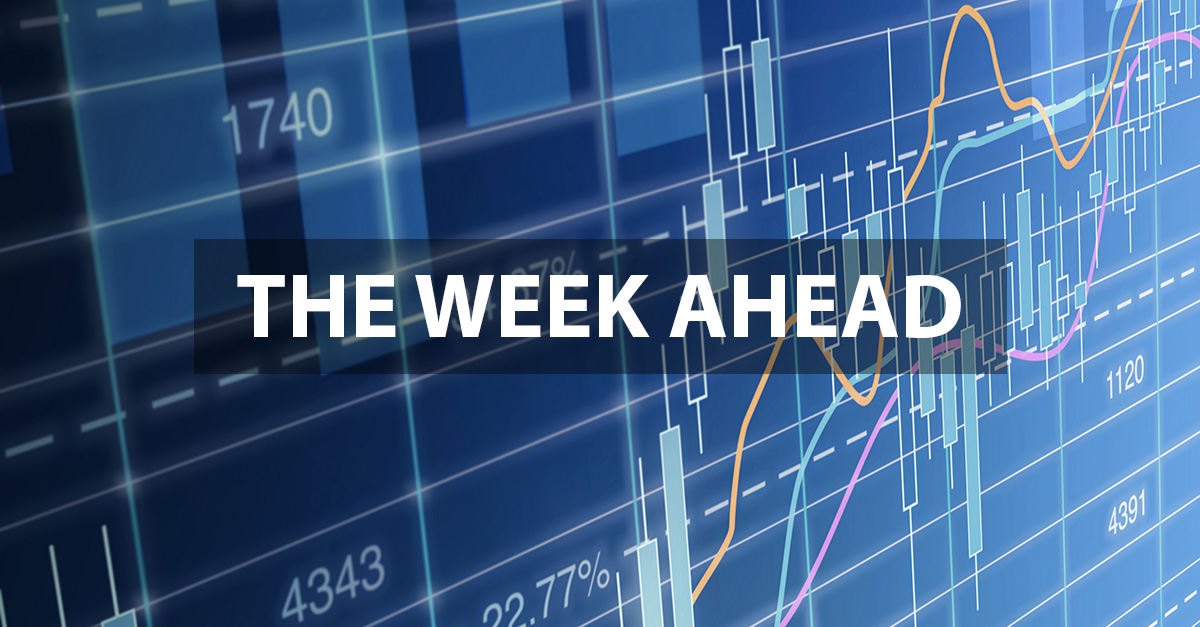Welcome to “The Week Ahead” where we take a moment to provide our thoughts on what we can expect in markets and the economy during the upcoming week.
In last week’s edition of The Week Ahead, my colleague Brett noted the massive amount of stimulus and initiatives which are only just beginning to filter through global economies. Each week more and more are being implemented, now to the tune of 566 initiatives. Each one will aid to the healing of their specific underlying economy. As we’ve talked about numerous times in the past, markets tend to overshoot on the downside and upside. Directionally, they can be correct. With the massive unknowns of COVID-19, a repricing of risk assets was needed. The direction down was most likely correct for many companies tied to consumer spending or those that required in-person services. The velocity and pace of the correction that occurred was dramatically quick. Assuming no double-dip, the S&P 500’s bear market of 2020 will have lasted 1.1 months and a peak to trough decline of -34%. Directionally since March, the S&P 500 has been grinding higher and now back close to February’s highs. The velocity has been much slower, once again for the right reasons, as many companies and sectors lack transparency in a post COVID-19 world. With the massive amount of stimulus and the coiled spring which has been set for economic growth over the next 12-18 months, investors have piled into inflation related assets such as silver and gold, two of the best performing assets year-to-date. Domestic large cap technology stocks, which make up a large portion of the Russell 1000 Growth Index, continue to be rewarded. More interestingly, countries who have both contained COVID-19 and have significant tech companies of their own have performed much better than the broad U.S. equity market. Back in 1995 the United States had 151 companies within Fortune’s Global 500 list. China had 3. Today the United States has 121. China, 124.
Year-to-date through August 14, 2020 via Bloomberg:
Silver: +46.22%
Gold: +26.81%
Russell 1000 Growth Index: +19.70%
Shanghai Composite Index: +11.30%
Korea Composite Stock Index: +11.18%
Taiwan Stock Exchange: +8.82%
Bloomberg Barclays Aggregate: +6.70%
S&P 500 Index: +4.76%
MSCI Emerging Markets: -1.33%
MSCI Developed Markets: -5.40%
Russell 1000 Value Index: -10.01%
Bloomberg Commodity Index: -12.59%
In the week ahead, investors will take a closer look at the release of the FOMC minutes. The Fed has been laying out the groundwork and telegraphing to investors over the past few months that they’re willing to “enhance forward guidance” with their inflation target being a specific item. There is growing consensus that the Fed may shift to an outcome based guidance which would link the zero lower bound range directly to an average inflation target of 2%. Given that the Fed allowed inflation to remain below 2% for a prolonged period since the GFC, they essentially could allow for inflation to run above 2% for a prolonged period while continuing to remain anchored at zero for longer. Another indicator to keep an eye out for will be initial jobless claims. This past week initial jobless claims finally broke below one million, coming in at 963,000. While the velocity of improvement has slowed, the direction continues to be in the right one.
Data deck for August 15–August 21
|
Date |
Indicator |
Period |
|
August 17 |
Empire Manufacturing |
August |
|
August 17 |
NAHB Housing Market Index |
August |
|
August 18 |
Housing Starts |
July |
|
August 18 |
Building Permits |
July |
|
August 19 |
FOMC Minutes |
---- |
|
August 20 |
Initial Jobless Claims |
---- |
|
August 20 |
Philadelphia Fed Manufacturing |
August |
|
August 20 |
Leading Indicators |
July |
|
August 21 |
IHS-Markit Manufacturing PMI (Preliminary) |
August |
|
August 21 |
ISH-Markit Services PMI (Preliminary) |
August |
|
August 21 |
Existing Home Sales |
July |



